We're about to usher in a new year – along with the promise and pressure of filling its blank slate.
2020 is nearly over. What a strange year it was!
With 2021, we get a fresh start.
We look forward to what we will achieve – even though history says we rarely achieve everything we hope for. Meanwhile, paradoxically, it is also true that we rarely achieve things we don’t hope for. So, Hope! It may not be a reliable strategy … but it beats the alternative.
Personally, I’m excited about 2021.
Despite the abnormal market and uncertain political climate, we're clearly moving toward increased stability compared to 2020.
Even though I expect some volatility, we have become more accustomed to handling it (and we've become better at transforming its strategic byproducts into strategic benefits).
On a different topic, think about how much progress we've made and how different the "new normal" has become. For example, think about Zoom and remote work or how quickly our economy migrated online. On many levels, what we are doing now seemed like science fiction even just a few years ago.
We are living in an age of exponential technologies and exponential possibilities.
I commissioned this image, from GapingVoid, to remind our team to keep shooting higher.
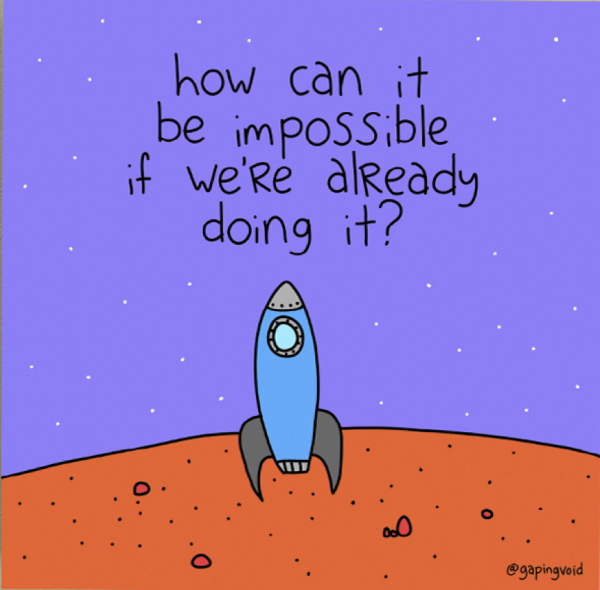
Resilience, resourcefulness, and a worthy goal are the keys to many entrepreneurial success stories.
In the spirit of New Year's Resolutions – I’ll add that a deliberate approach to goals is important too.
I'm a big fan of picking a Big Hairy Audacious Goal (sometimes called a "BHAG") and taking actions that move you in that direction.
I'm also a big fan of Strategic Coach's Bigger Future exercise. It is a 20-year planning exercise where you layout your commitments and goals to yourself, your family, your career, and your legacy.
While doing this, I realized that my ideal next 20 years involves taking Capitalogix to the next level (and beyond) through collaboration, cooperation, and joint ventures.
Once you know what your long-term goal is, it is relatively easy to plan out the steps you need to achieve that goal. Achieving smaller goals reinforces success, builds momentum, and makes continued progress feel more likely.
Extra points if you make them SMARTs (Specific, Measurable, Attainable, Realistic, and Time-Sensitive).
Actions speak louder than words, and your words can distract you.
If your goal is to win first place at a competition, focus on the metrics of a first-place finish instead of the medal. This makes the goal concrete and sets an internal locus of control on your victory. This also means that you don't need to tell others your goal too soon. Studies show that when you announce your intention to a goal in public, you decrease the likelihood of you succeeding.
It's okay to misstep, it's okay to get stuck – but recognize where you are, what you've done, and move forward.
Often the most frustrating thing that any of us feel on a regular basis is to want something really bad, and not be able to get it right away.
The world makes that hard – media everywhere is peddling immediate gratification, but it results in higher rates of obesity, drug abuse, and depression.
Don't be fooled. Overnight successes are rarely actually overnight successes.
It's also important (once you've accomplished your goal) to set new goals.
Over the next 20 years, there are a ton of people I want to impact and a lot of goals I want to accomplish. Capitalogix is the way I intend to do that.
It hasn't always been easy – but building Capitalogix has been an intensely rewarding passion.
I look forward to you all being a part of it as well. Here's to a successful 2021 and an even more successful 2041.
Onwards!

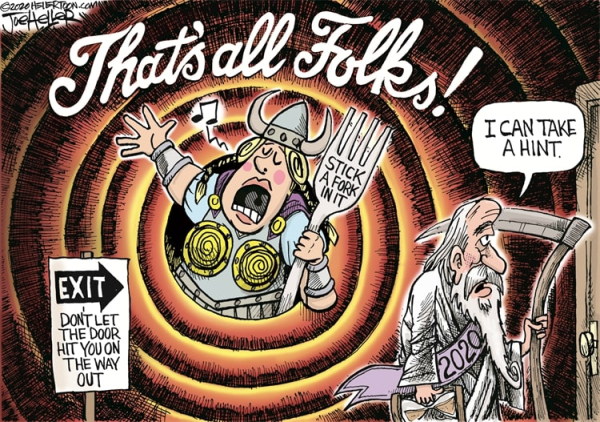
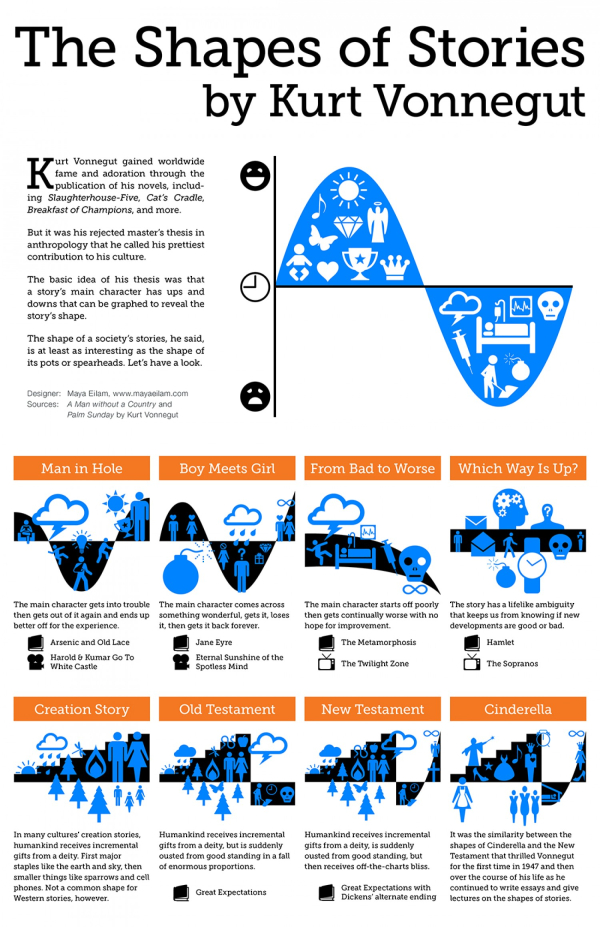
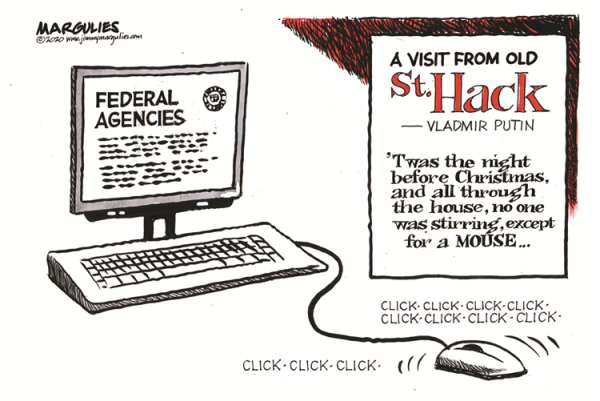

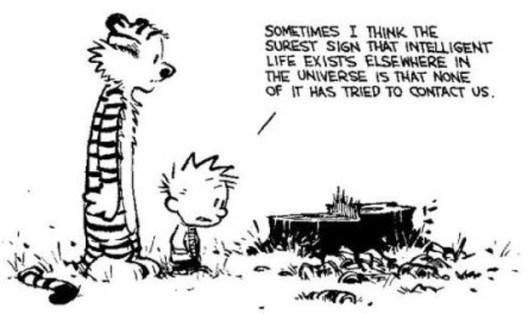
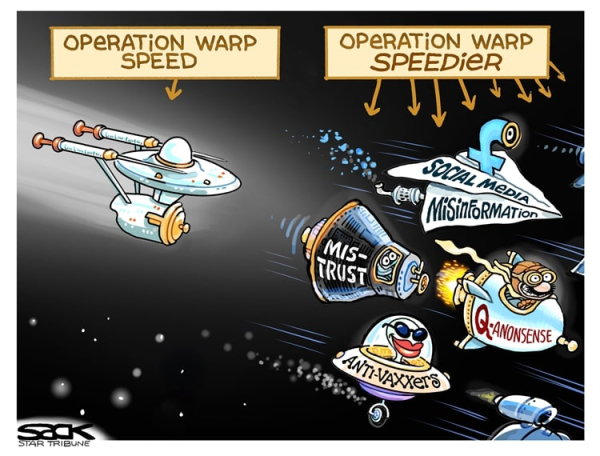
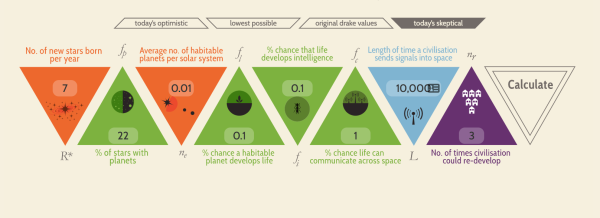 via
via 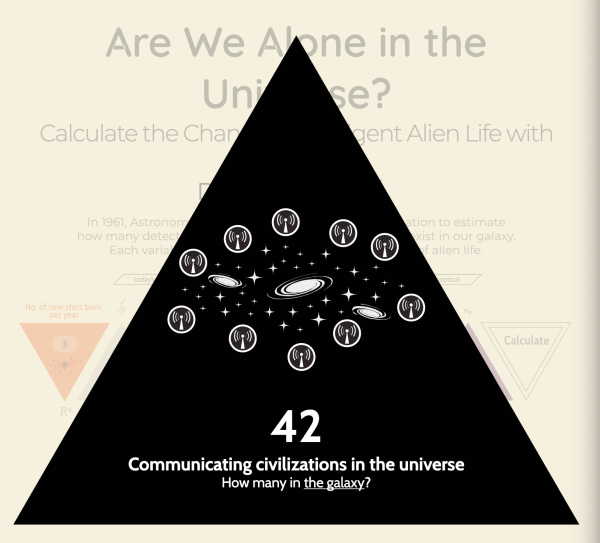 via
via 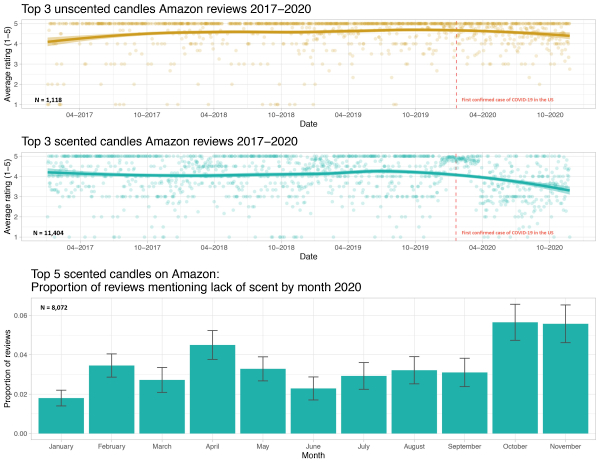 via
via